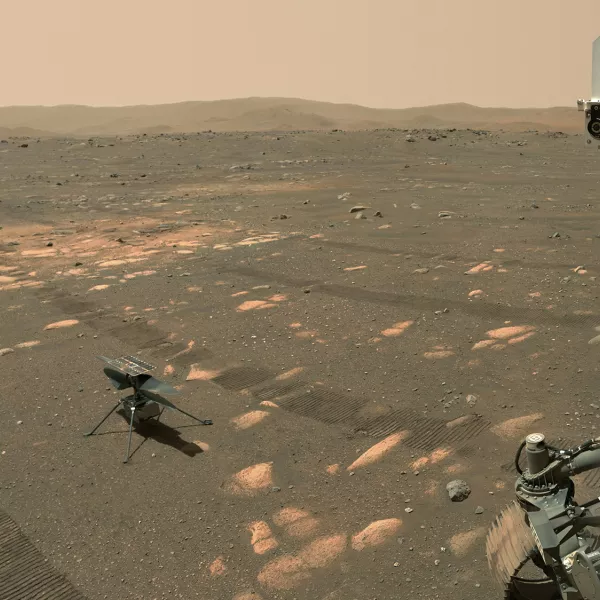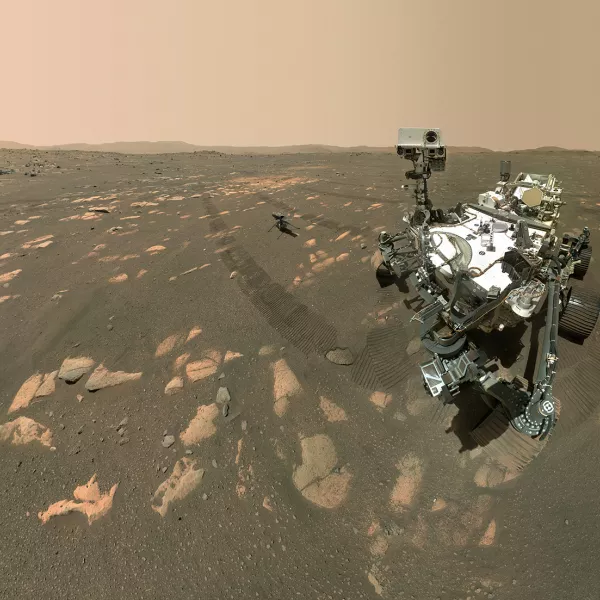First, some numbers.
Astronomers estimate that there are at least 500 billion galaxies in the observable universe, with an average of about 100 billion stars each. And given that these stargazers believe one in every two stars has a rocky planet, you could say there are about 50 sextillion planets in the cosmos.
That’s 5x1022 for all you number-crunchers out there. For the rest of us, picture a 5 followed by 22 zeros.
To truly put that number into perspective (or further blow your mind), imagine counting every grain of sand on every beach and desert on this planet: You still wouldn’t come close to the number of stars out there in the night sky.
But for all this discussion of impressively ridiculous numbers, there is one more number that continues to fascinate astronomers:
1.
That’s the number of planets, out of 50 sextillion, that we can confirm support life. Thankfully, we’re on it.
Finding No. 2—the second planet to hold life—has been the quest of astronomers since Ptolemy began gazing up at the night sky from Alexandria in the first century.
Western’s James Davenport, an NSF-funded postdoctoral research fellow in the Physics and Astronomy Department, is part of a group of astronomers hot on the chase for life outside our solar system, and after what he called “one of the biggest discoveries in astronomy in 25 years,” scientists may be onto the best chance to find life elsewhere: Proxima b.
About four light-years away from Earth sits Proxima Centauri, the closest star to our solar system, and orbiting it is its just-discovered companion, a small planet that, for now at least, holds the unassuming name of Proxima b.
In interstellar terms, Proxima b is a next-door neighbor and the closest planet to our solar system, even though a probe such as Voyager, if launched today, would take about 75,000 years to reach it.
“We’ve discovered other planets before, but not this close to us,” says Davenport. “What is doubly exciting is that Proxima b sits right in the ‘Goldilocks Zone’ of its parent star – not too close for the heat to boil off the planet’s atmosphere, not too far for it to be a ball of ice. It’s at just the right distance for a pleasant atmosphere and because of that, potentially, life.” But not all the news is good. Davenport is part of a five-person team led by David Kipping at Columbia University researching the nasty tendency of Proxima Centauri, the parent star, to produce massive stellar flares that can be 10 times bigger than anything produced by our sun. These superflares produce a huge bombardment of X-rays and ultraviolet rays, which could strip the atmosphere from nearby planets.
“It would take years for our planet to recover from one of these types of superflares, based on the best models,” Davenport says. “But Proxima emits them about eight times a year, and mostly likely has been doing so for quite some time.” Because we know so little about Proxima b, and it will take years of intense study before we can glean much from the planet, Davenport says the million-dollar question—could anything live there?—remains unanswerable, for now.
“There are a ton of theories that support the ability of the planet to ‘shield itself ’ from the flares, so we can’t write it off just yet,” he says. “To get a better look at the planet, we’ll need to use something big like the Hubble or James-Webb space telescope.”
For now, the team gathers its solar-flare data from images from the MOST space telescope, a smaller, suitcasesized Canadian telescope launched 13 years ago.
“MOST is perfect for our needs, as we can have it staring at Proxima for weeks at a time,” Davenport says.
The other members of Davenport’s team are Kipping, Dimitar Sasselov of Harvard University, Jaymie Matthews of the University of British Columbia, and Chris Cameron of Cape Breton University in Nova Scotia. The team’s research was published in September in the Astrophysical Journal Letters, and they are continuing to examine the data for signs of how the flares could affect, for good or for ill, the ability of the planet to harbor life.
“The eye of the science world is about to turn to Proxima b,” he says.
And perhaps, as our science evolves and we learn more about our neighbor, we might actually be able to turn that 1 to a 2, with at least 50 sextillion to go.




